Faenza – Teatro de la Paz
Bogotá, Colombia
Octubre 27 a Noviembre 30 de 2018


¿Cuáles son los caminos que conducen a la Paz en Colombia? Las propuestas que ocupan estos espacios, realizadas por Rafael Gómezbarros, asumen la función de monumentos que interpelan una memoria aun sumida en el conflicto pero, a pesar de su escala o descomunalidad (ya desplegada o expuesta en versión proyecto), ellas nos hablan también desde la fragilidad y la impermanencia. Como tocadas también por la muerte, son documentos de cultura y de barbarie que no han podido erigirse en un falso triunfalismo sobre una guerra que habría quedado en el pasado.
No obstante, en el país la espiral de violencias que ha consignado la historia, ha encendido también las fuerzas sociales que claman por su conclusión. Si la memoria no es un lugar que pueda visitarse (como sostenía Paul Ricoeur), estos memoriales son solo, provisionalmente hablando, lugares: territorios que el artista nos invita a recorrer y nos hablan en distinto modo de la posibilidad de cohesión, incluso si estas se encuentran fuera de todo cálculo (o contabilidad) y despiertan también visiones de emancipación que nos permiten encontrar rutas que parecen a veces desviarnos al interior de imponentes laberintos, ofreciendo modos para confrontar también su salida. Propuestas que contribuyen a construir esa paz en el imaginario social y colectivo como objetivo eficaz para desarticular los imaginarios que han sido, a lo largo de tantas décadas, fuertemente instituidos por la guerra.
¿Cuál es esa semilla a la que se refiere en el nombre del proyecto, y a la cual regresamos? Parece que no hay una receta de un tiempo nuevo que se abre sin una extraña síntesis de logro y calamidad. Gómezbarros intenta descodificar una arquitectura de la violencia y recodificarla como un desafío cotidiano: encontrar en lo que antes era la imagen de la hostilidad, vías posibles para la paz. Entendidas como semillas, ellas buscan un territorio distinto a aquél donde la vida ha sido, muchas veces, arrancada de raíz
Biennale Internacional de Gangwon – The Dictionary of Evil
Gangwon, Korea del Sur
Febrero 3 a Marzo 18 de 2018


“The Dictionary of Evil,” theme of the Gangwon International Biennale 2018, presents the efforts made by artists to observe the special or universal evils of our society, against a backdrop of the moral consciousness of human beings in an endless present, rather than a religious or ethical perspective on the “lack of good.” These efforts are grounded in the fundamental role of the Biennale and the artist’s duty to question the essence and role of art in society through artistic language. The Biennale strategically presents the “artistic need” for a humane response to contemporary issues, where conscience crosses absence of mind, while also discussing, from a highly realistic perspective, the issues, and discourses that contemporary art must address. The exhibition represents 100 years of modern history as a “dictionary,” and connects the past and present through a “Mobius strip” that indicates circularity instead of beginnings and ends. In this time and space, artists examine themselves and consider the lack of good or evil behavior, and the history of disasters and catastrophes enacted for various reasons. The Biennale macroscopically and microscopically reflects on the “faces of evil” from the perspective of artists, who do not accept the co-prosperity and coexistence of humanity. These faces of evil include environmental changes to the Earth, which is becoming less and less suitable as a home for humanity, as well as the actual and conceptual migration and escape confronting humans in the era of capitalism, the strongest power of this time. They include various forms of violence and chauvinism carried out in political, economic, and social contexts, as well as the egoism and pure blood-ism underpinning powerful, new hierarchies and forms of imperialism that have become stronger than ever. They also include war and refugees, which are the products of ideologies, conflicts between the leisure class and the working class, and a society in which biological differences have become a source of discrimination. However, this exhibition is not just a “list of evils.” Although it is likely to be misunderstood, it does not reproduce the pain of others by visualizing or visually appropriating evil. Rather, it looks back on situations and events caused by certain realistic “evils” that we cannot properly accept because we lack the sensitivity to perceive their essential qualities, which include the missing value of life amidst the common problems of mankind, deteriorating quality of life, social collapse, damage to human dignity, and wealth inequality. It is more a process of connecting doubts about the existence of unusual elements that enter daily life (terror and fear, daily life of involuntary circulation). In other words, “The Dictionary of Evil” does not attempt to visualize forms of evils, but instead aims to reconsider our thoughts about and awareness of evil by describing situations caused by evil (anonymous bodies sacrificed during known or suspected events). It depicts a situation in which we can no longer focus on evil without thinking about the history triggered by the “evil,” when “evil” has become “beyond evil” (in a state where evil cannot be acknowledged, due to its universality) and can no longer be distinguished from humanism. Of course, seen from the outside, “The Dictionary of Evil” is a visual art project about evil, accompanied by descriptions (in different forms by different artists), and images that cannot be translated into text. It questions how experiences and memories of evil can be reproduced, from the perspective of artists, while also seeking real freedom, in the true sense, by breaking free from our usual reality of non-perception and the pain that is barely acknowledged. This is the reality we must face when attempting to create a “sound society,” rather than an object that must be abstracted or ideated. Its substance, rather than its exterior, must be drawn from the artist’s perspective. These images are thus very different from suggestive pictures, pornographic viewpoints, or voyeuristic symbols. The “sound society” is not a mechanical human structure, but an uncomfortable keyword designed to produce a change in perception; its ultimate goal is to review the direction of intellectual introspection. “The Dictionary of Evil,” the theme of the Gangwon International Biennale 2018, ultimately dreams of directly facing and becoming free from painful and tragic history, contemporary reality, and pain itself, including fear, horror, anger, and mourning. The aim of this exhibition is to question human decency and “human values.” In other words, it adopts a humanist approach. This is why “The Dictionary of Evil” sets out to consider, through the Gangwon International Biennale, international, artistic conversations about the good of deficiency, the common good that can prepare us for a better future and protect all our lives. It is aligned with all moral, social, and depersonalized interests that focus on “recovering human nature” through human reason and conscience, as well as taking the time to consider human pain. Gangwon International Biennale fundamentally comforts the vulnerability of the weak, who have been pillaged by historical and empirical evils, as well as minority groups and alienated people. As briefly mentioned above, the theme, “Dictionary of Evil,” is based on existent threats, as well as refugees, war, famine, disasters, and alienation. It is the duty and responsibility of art not to give up. It is an act of willpower to improve the values of life, and a solemn message about the impossibility of obtaining independent otherness. It also reflects our view of why and for whom this Gangwon International Biennale is being held. http://www.gwbien.com/eng/bien/exhibi-intro1.asp#1
Exposición individual – Galería Plecto
Medellín – Colombia
Septiembre 8 a Octubre 8 de 2016
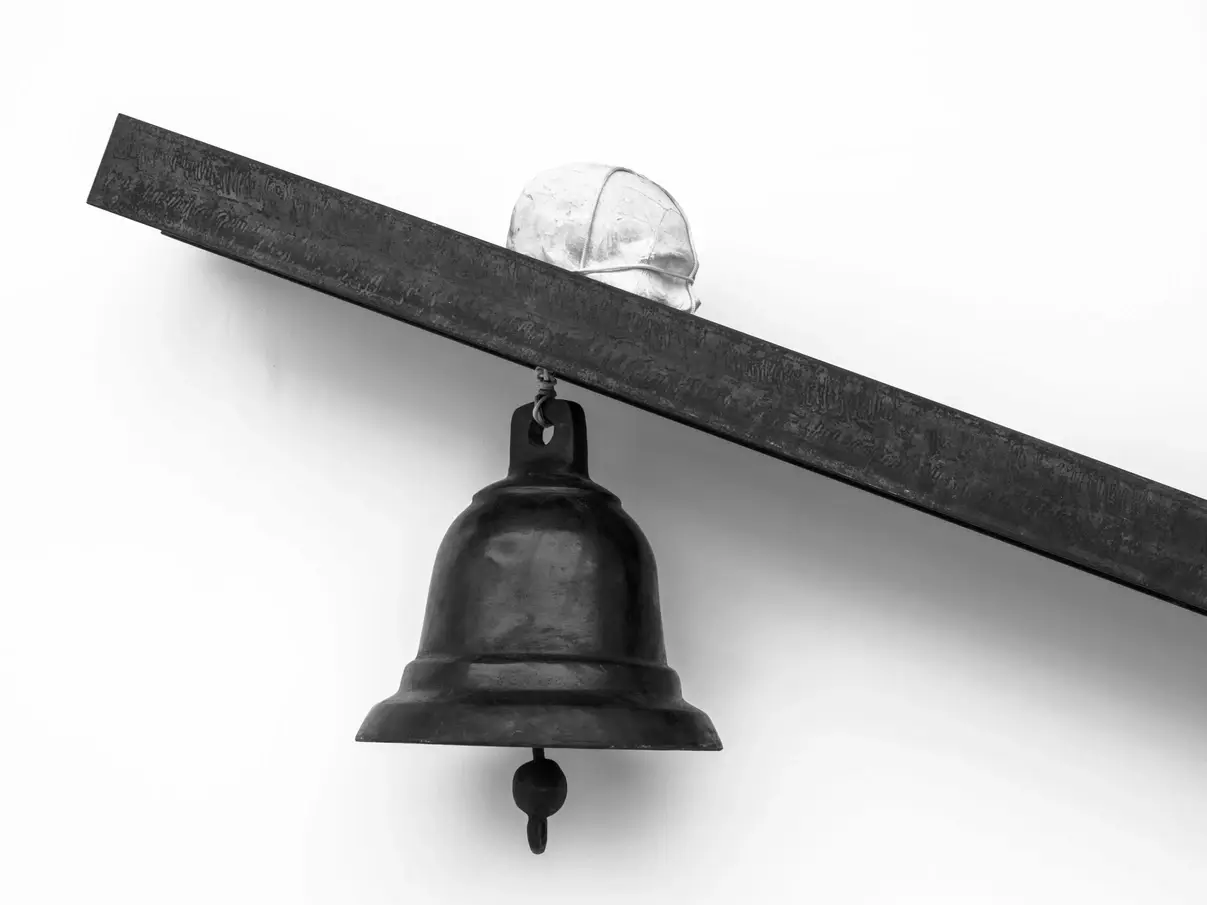

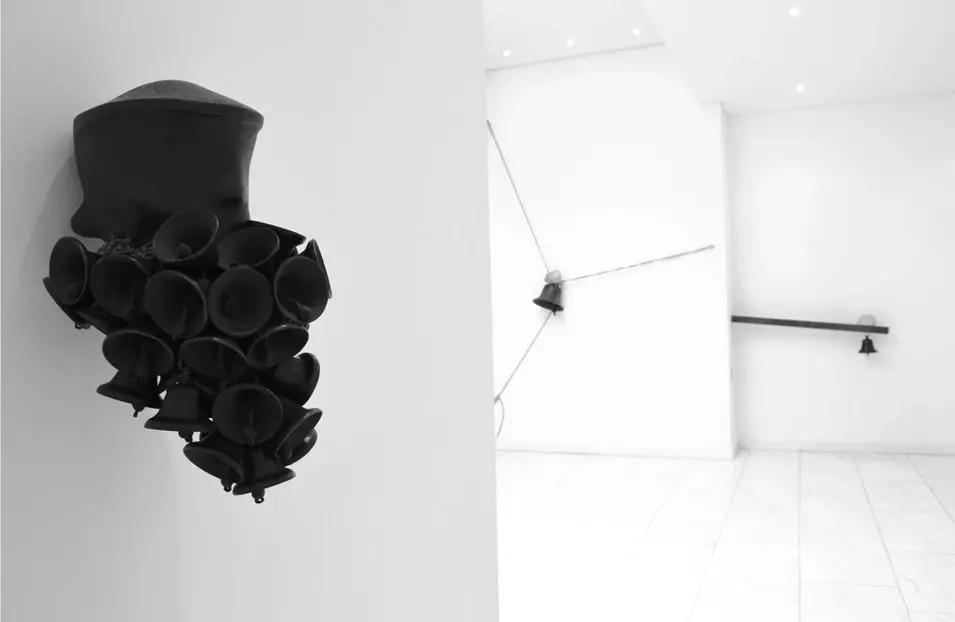

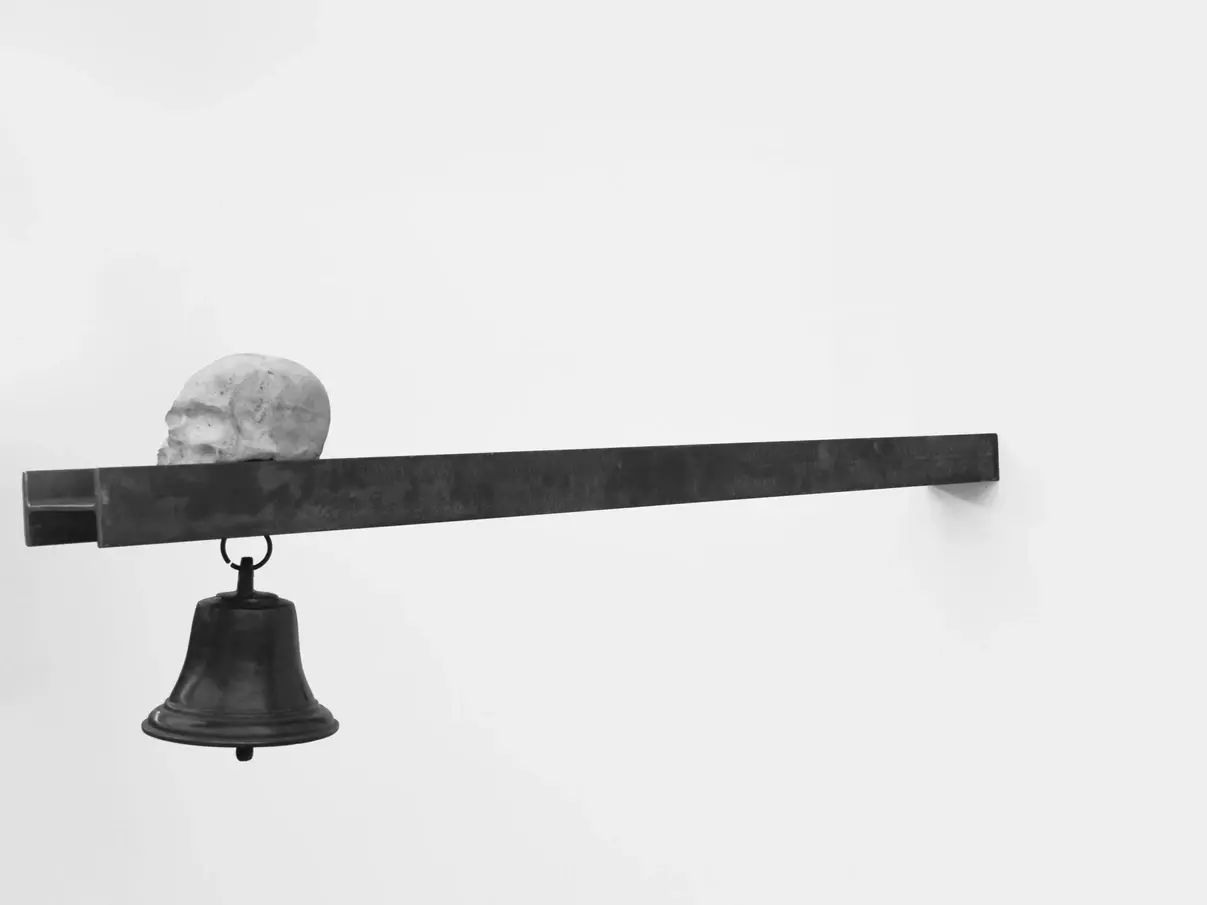
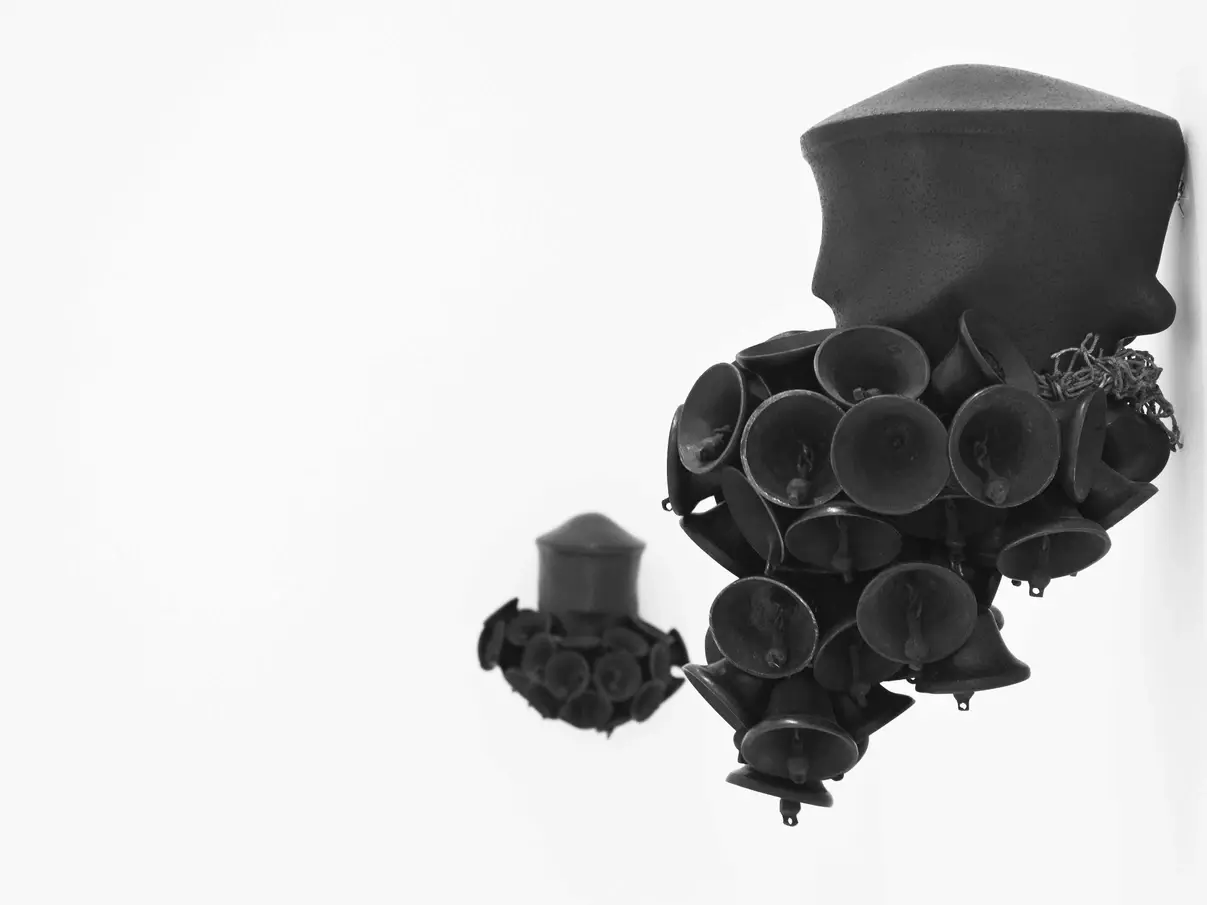
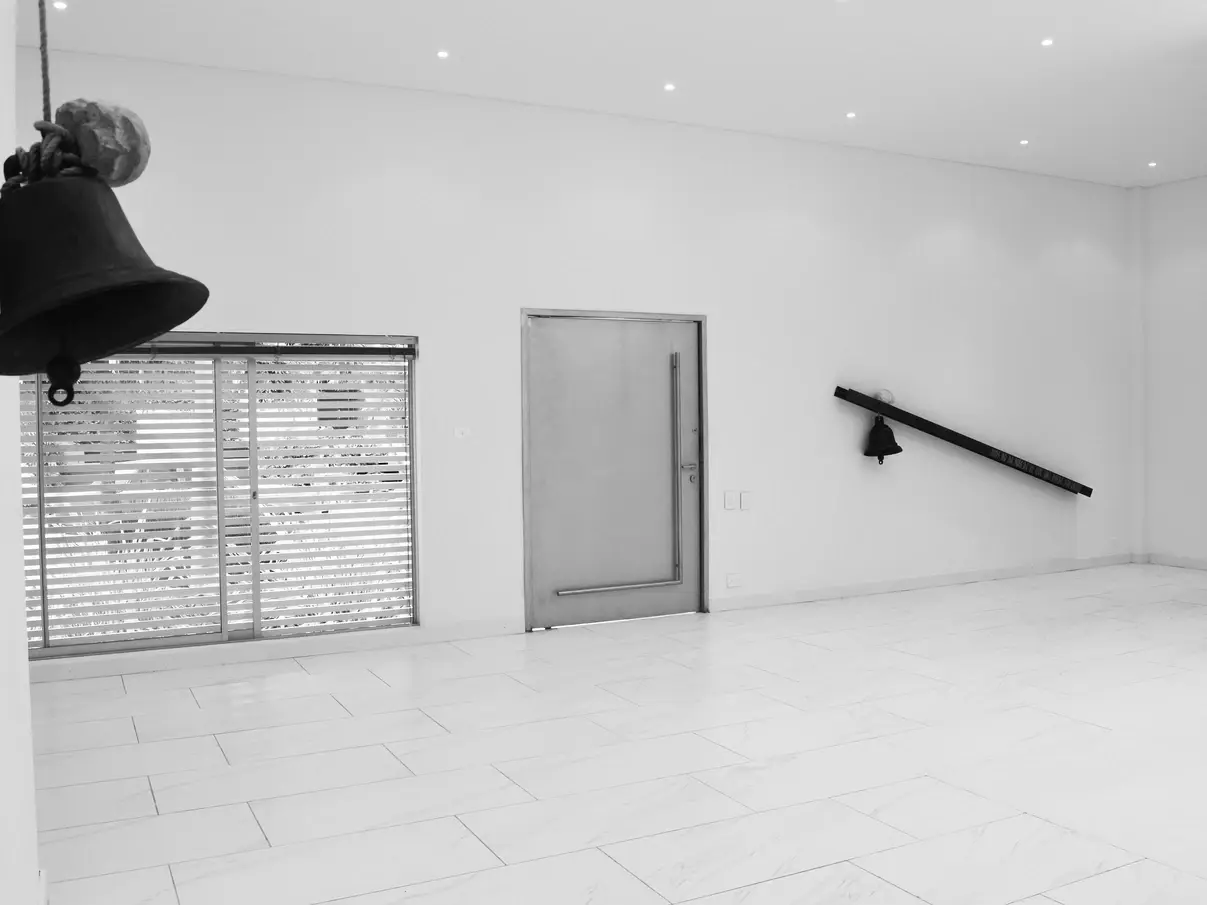

La mente como un canal de resonancia que transforma la energía interior en acción y Materia. La serie Templos y Templarios la expongo como un ejercicio de esculturas que nacen de mis experiencias con la Meditación-Quietud y la Fuerza Física-Vibración. Dios no da más de lo que uno puede soportar y No tendrán mi odio representa la fuerza interior de la Fe del hombre que alguna vez cargo su cruz. De alguna manera en esta obra busco la dualidad de una caída estrepitosa de lo divino y lo terrenal. Los Templos reflejan el Om que activa la resonancia interior del ser. Sonido primordial y poderoso, unidad con lo supremo, combinación de lo físico con lo espiritual. La campana muda refuerza la energía interior del cráneo, ya no es el cuerpo el templo, sino la mente quien conduce los deseos. Los guerreros simbolizan para mí el hombre capitalista del mundo contemporáneo. Con esa idea pensé que el símbolo perfecto podían ser los Templarios. La orden del Temple fueron los creadores de nuevas técnicas financieras que constituyeron una forma primitiva del moderno Banco. Así pues el poder de la Fe, la fuerza mayor de la mente y la ambición sobre lo material, se unen en estas esculturas representando la fuerza de nuestro mundo contemporáneo entre lo divino y lo material. La mente como un canal de resonancia que transforma la energía interior en acción y Materia.
Exposición individual – Museo Bolivariano
Quinta de San Pedro Alejandrino – Santa Marta, Colombia
Septiembre 30 de 2015 – Enero 28 de 2016
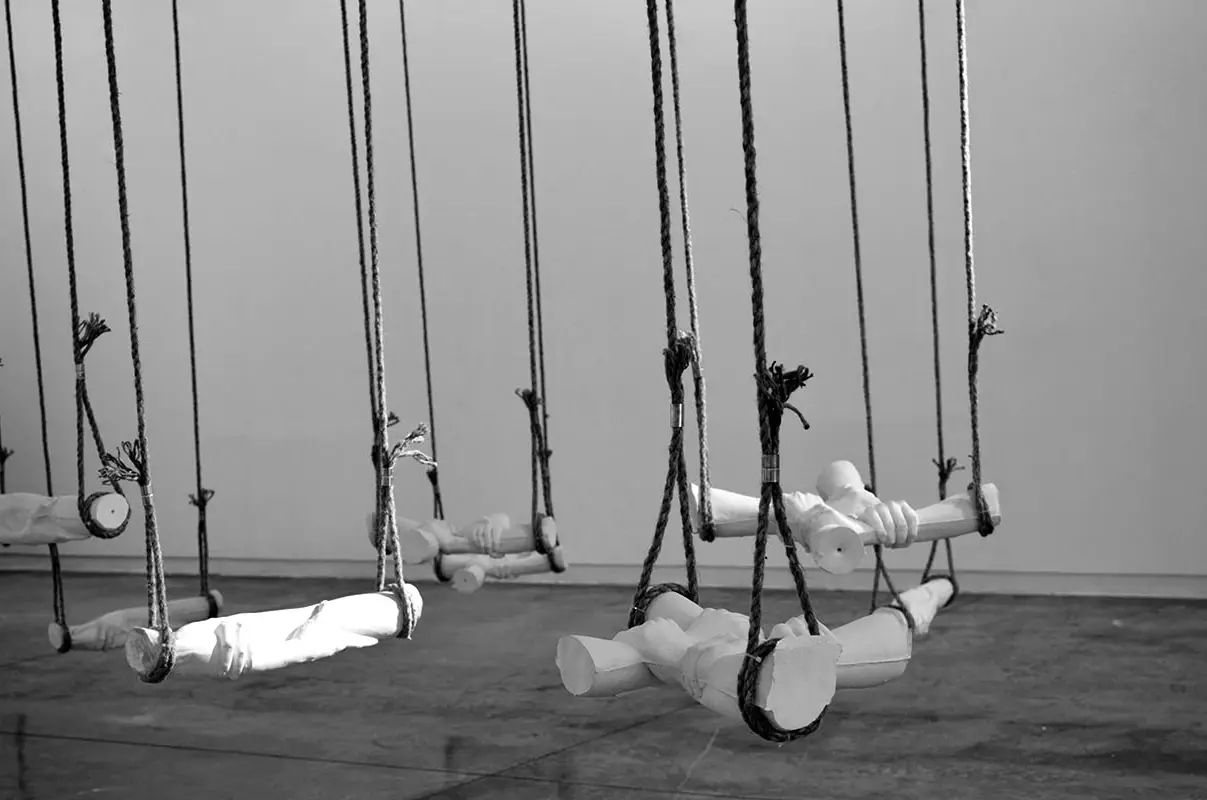

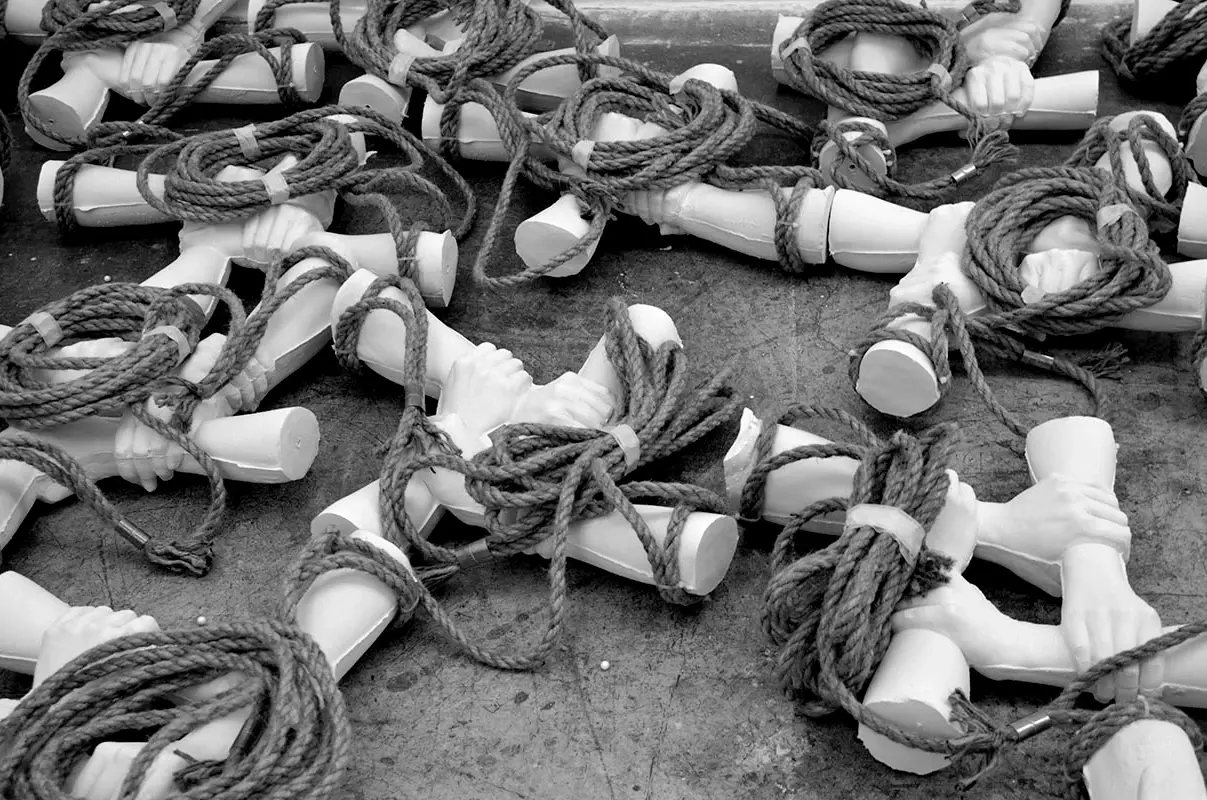


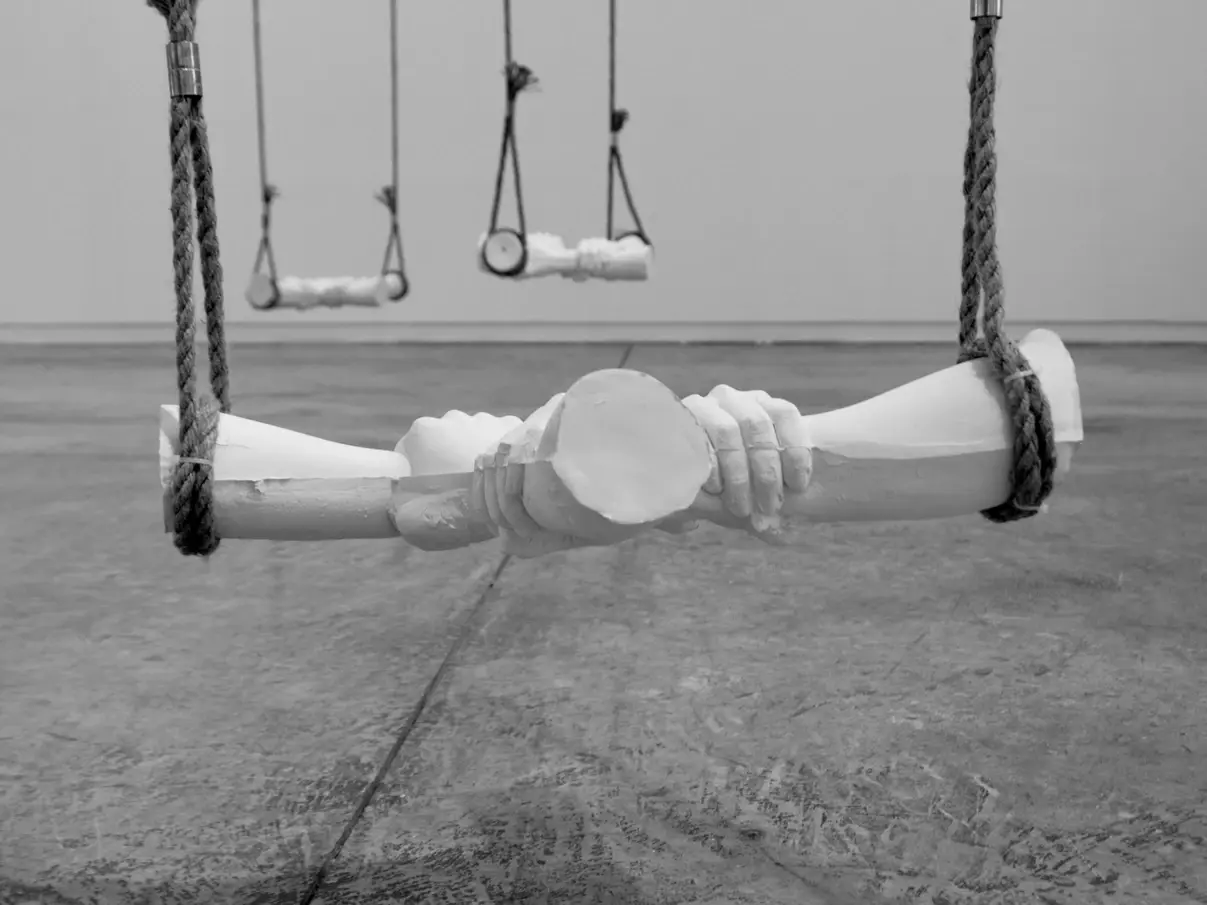
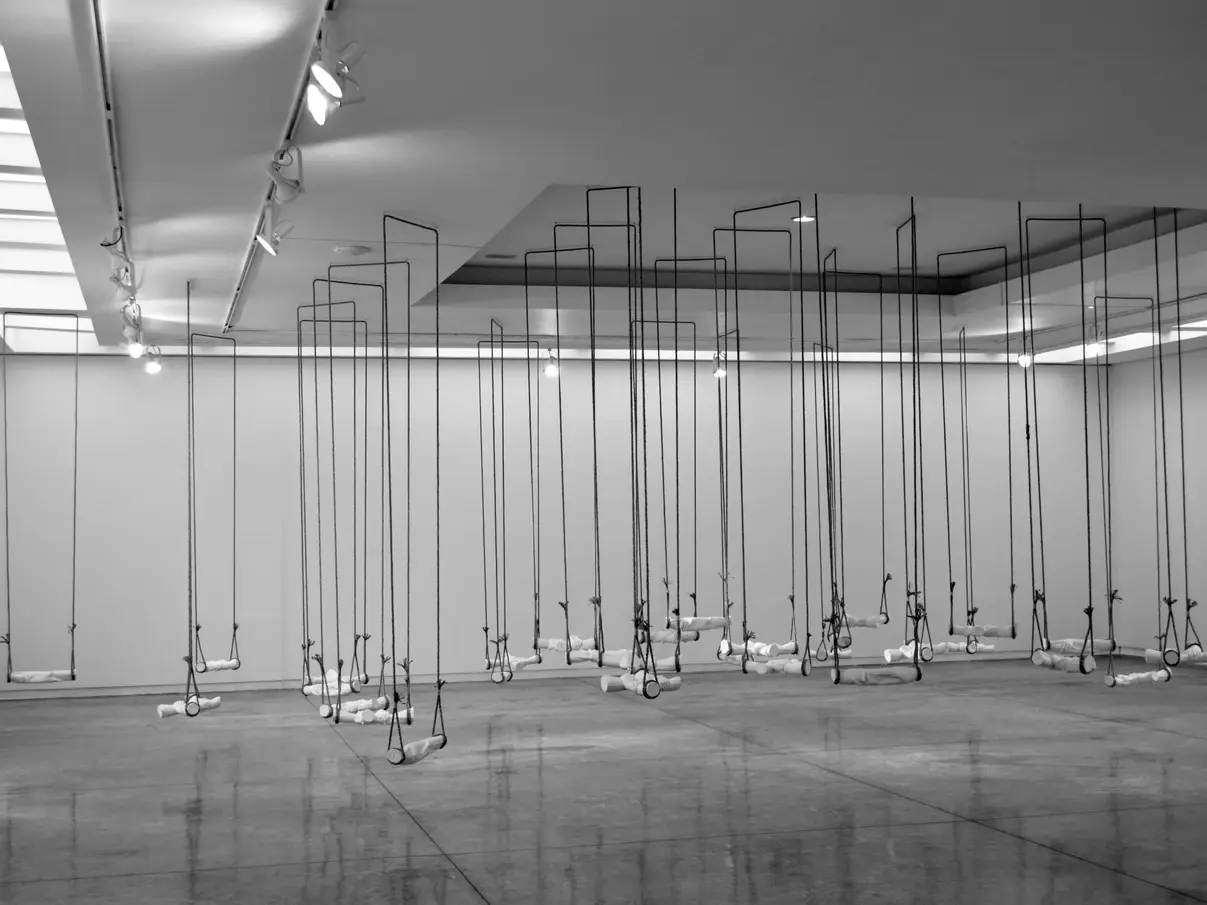

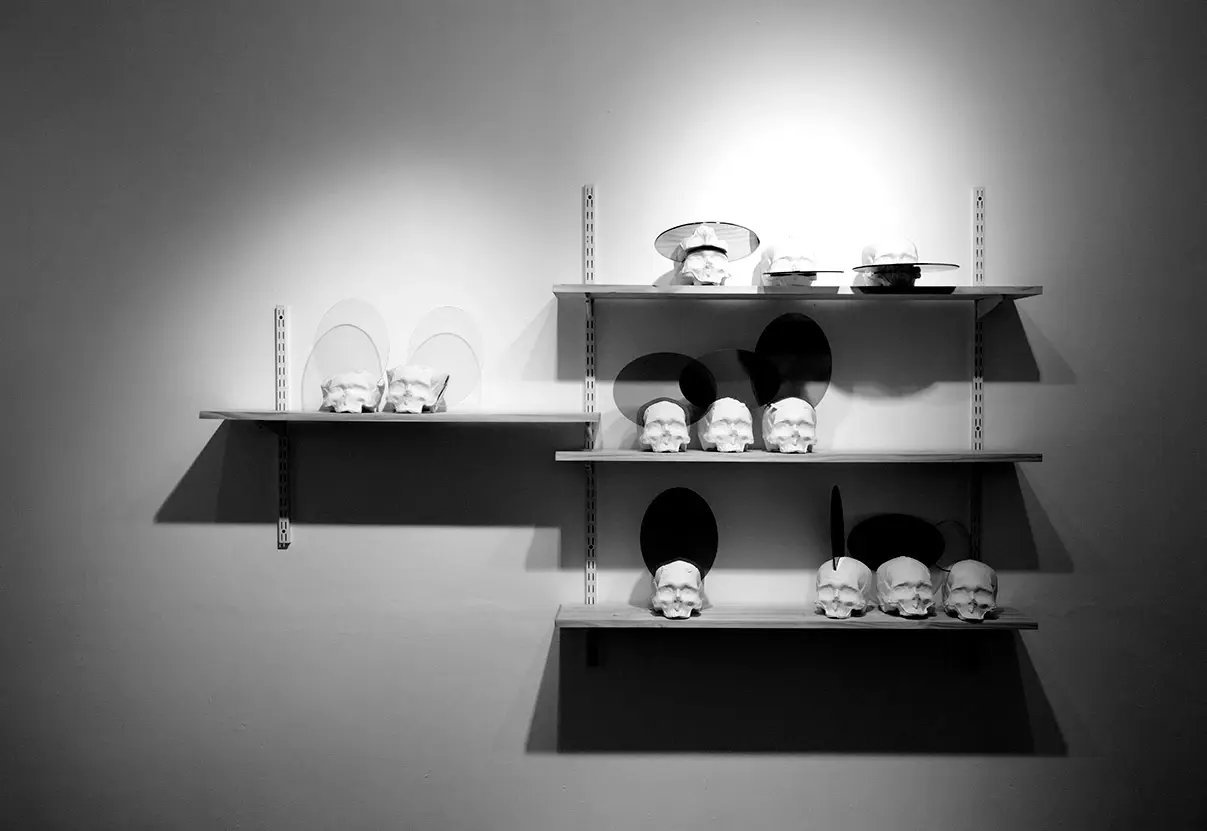
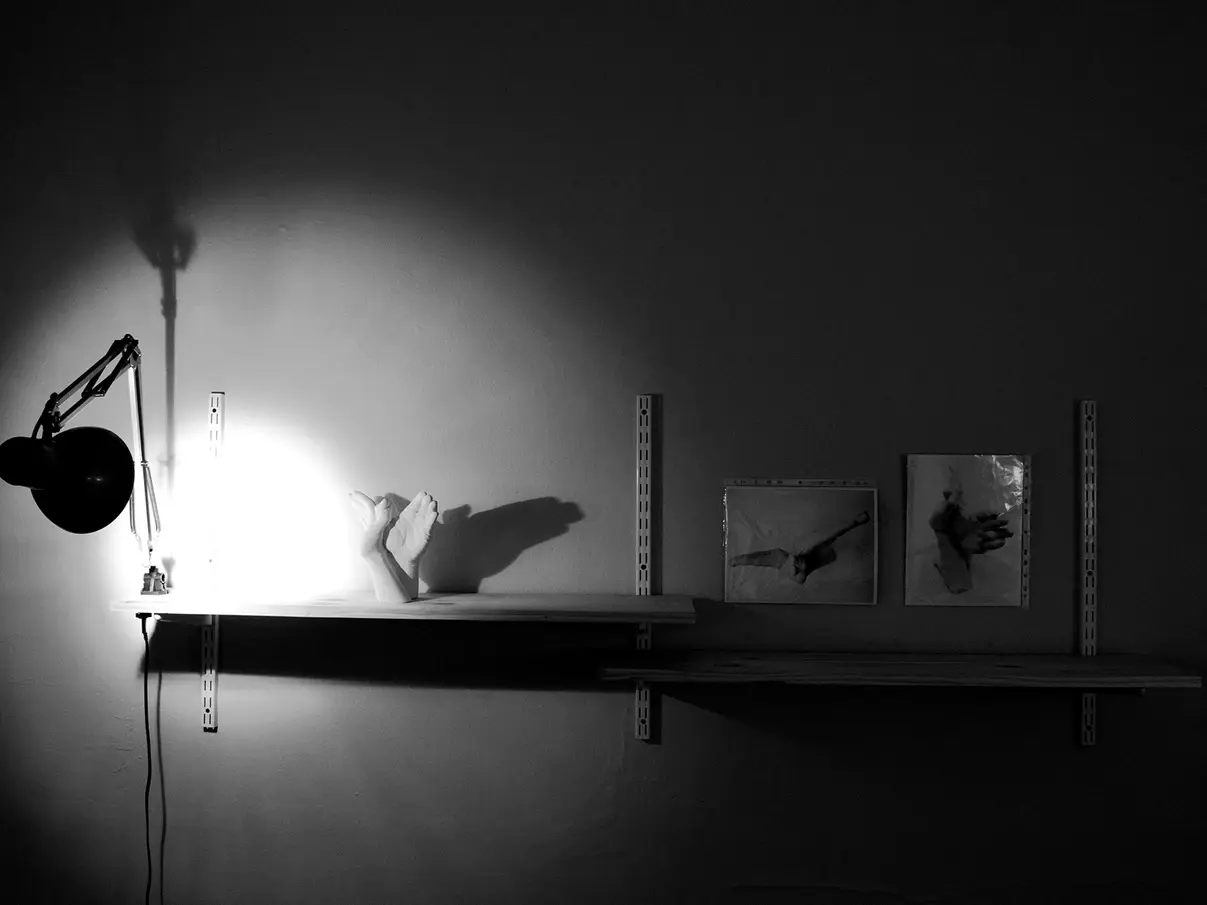
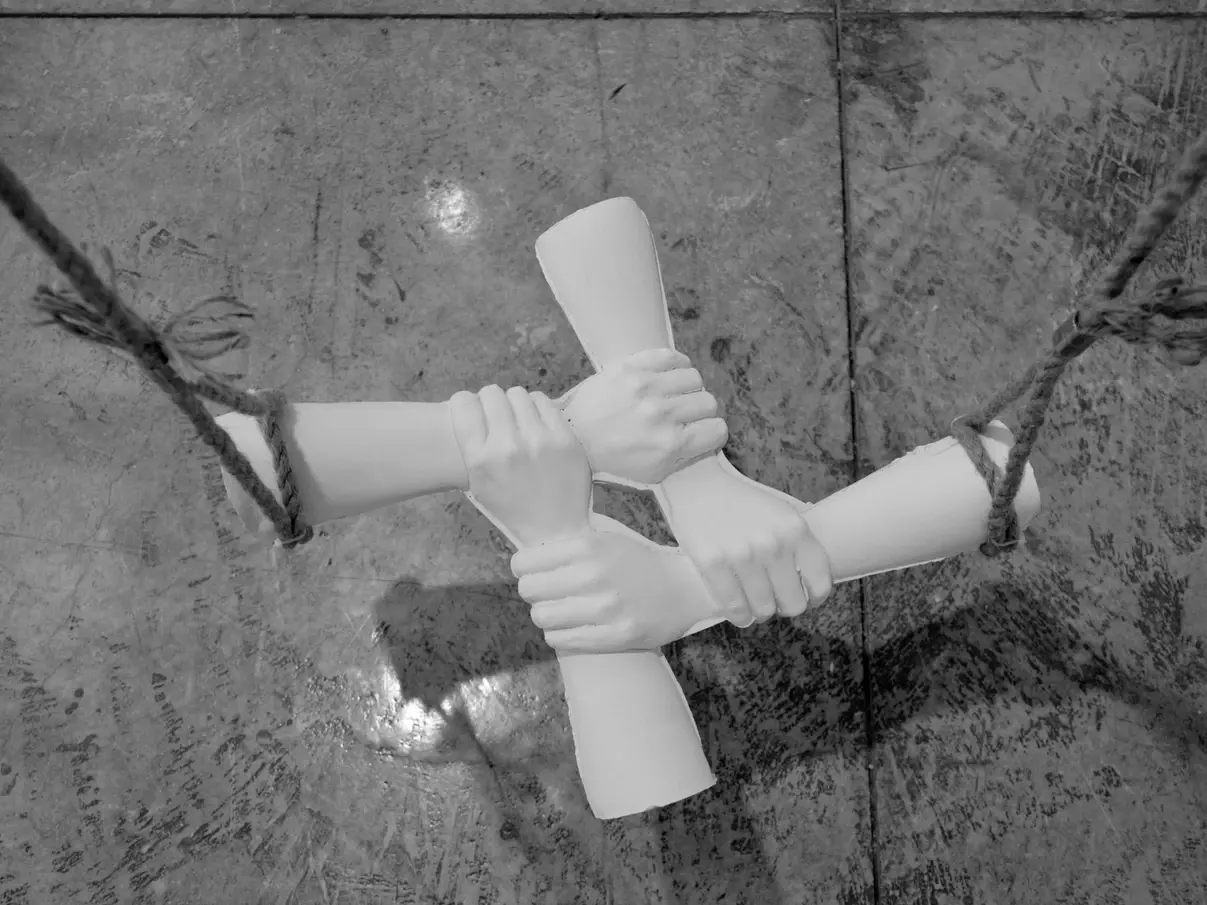
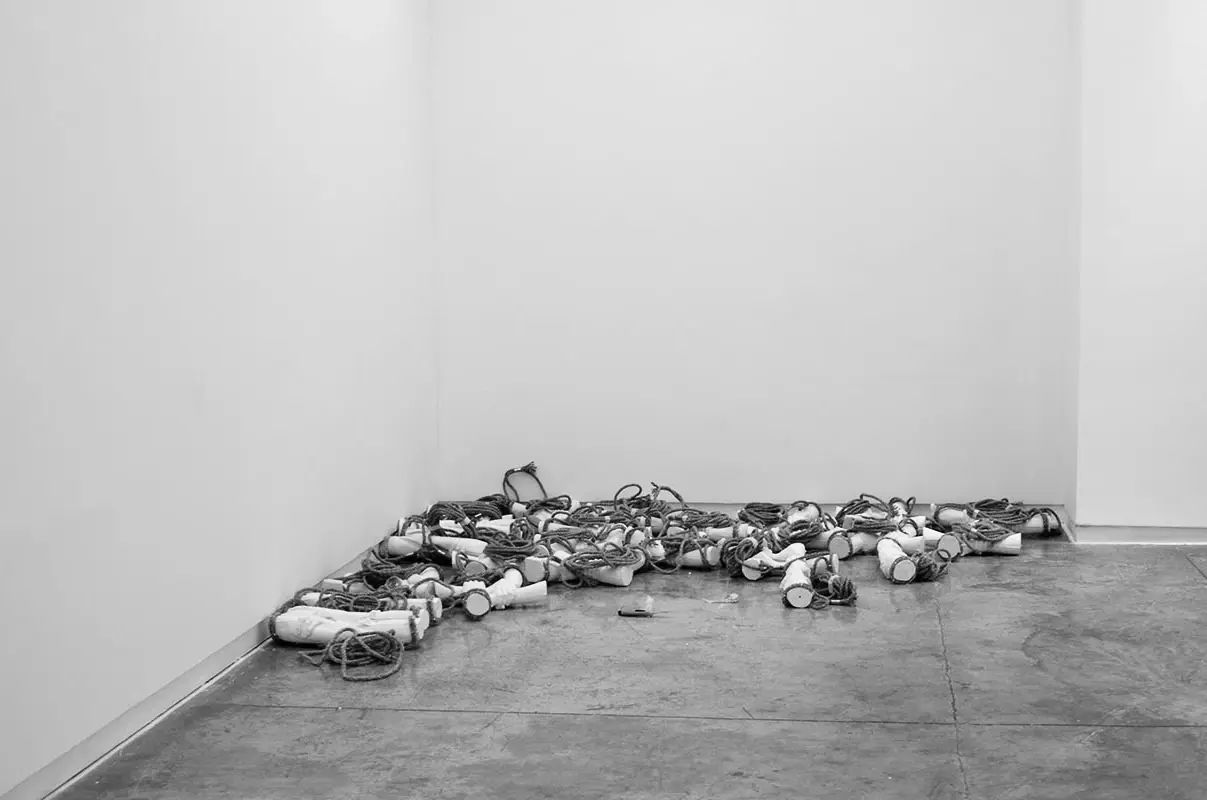
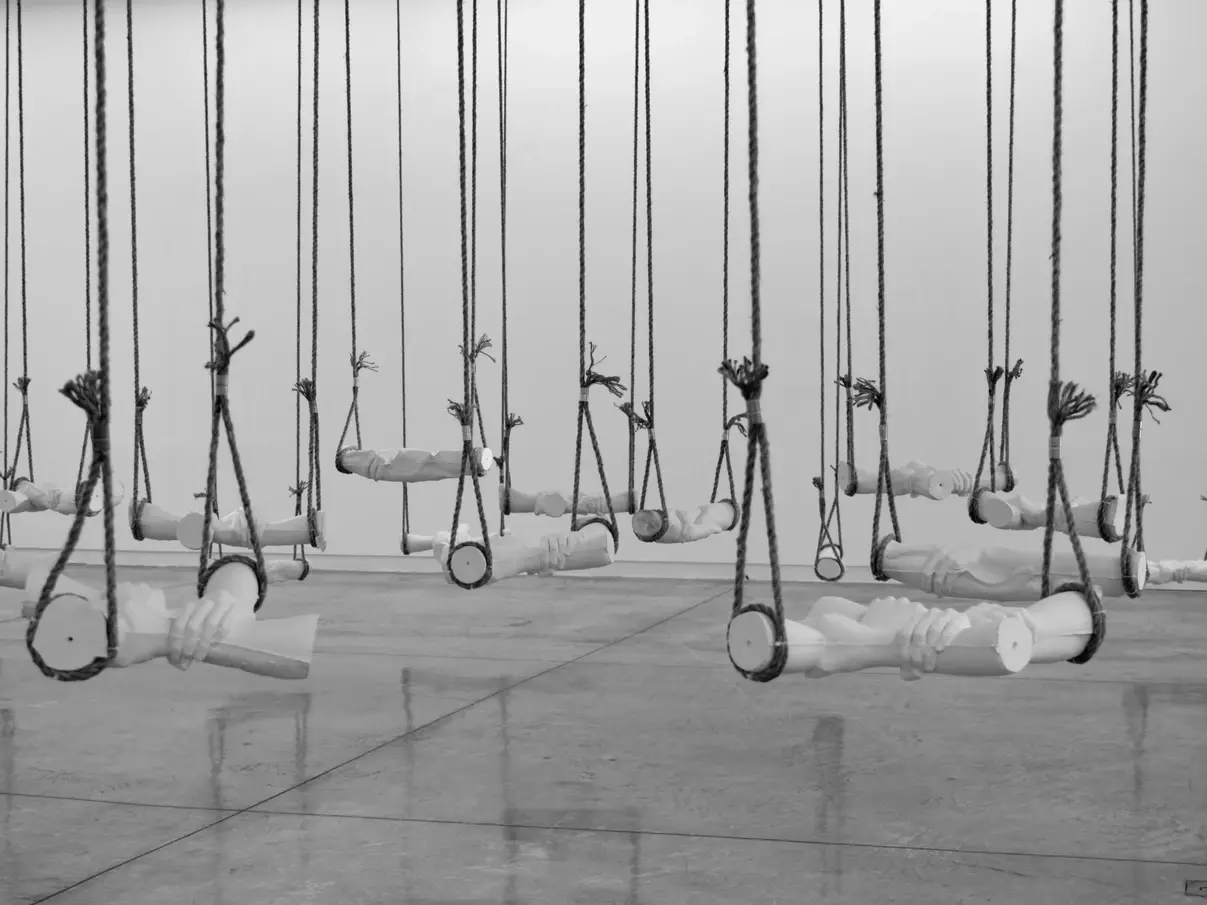
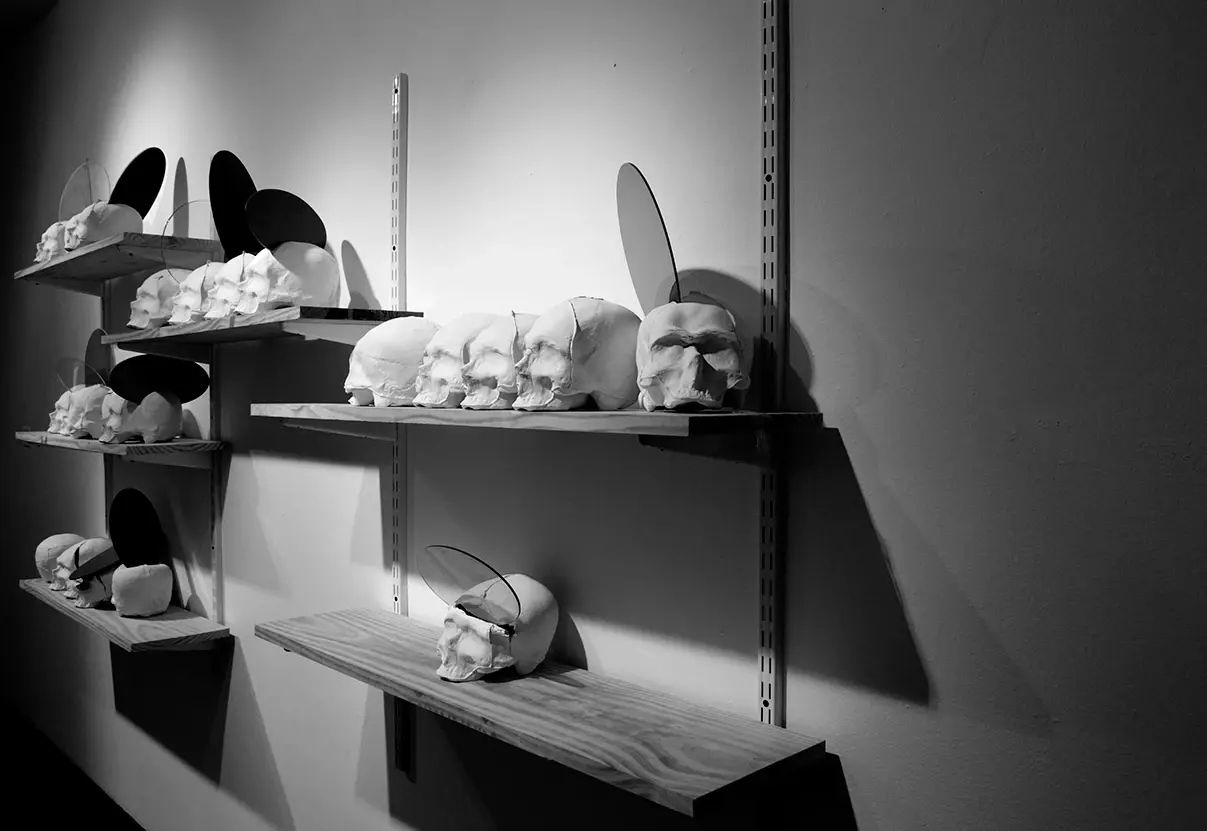


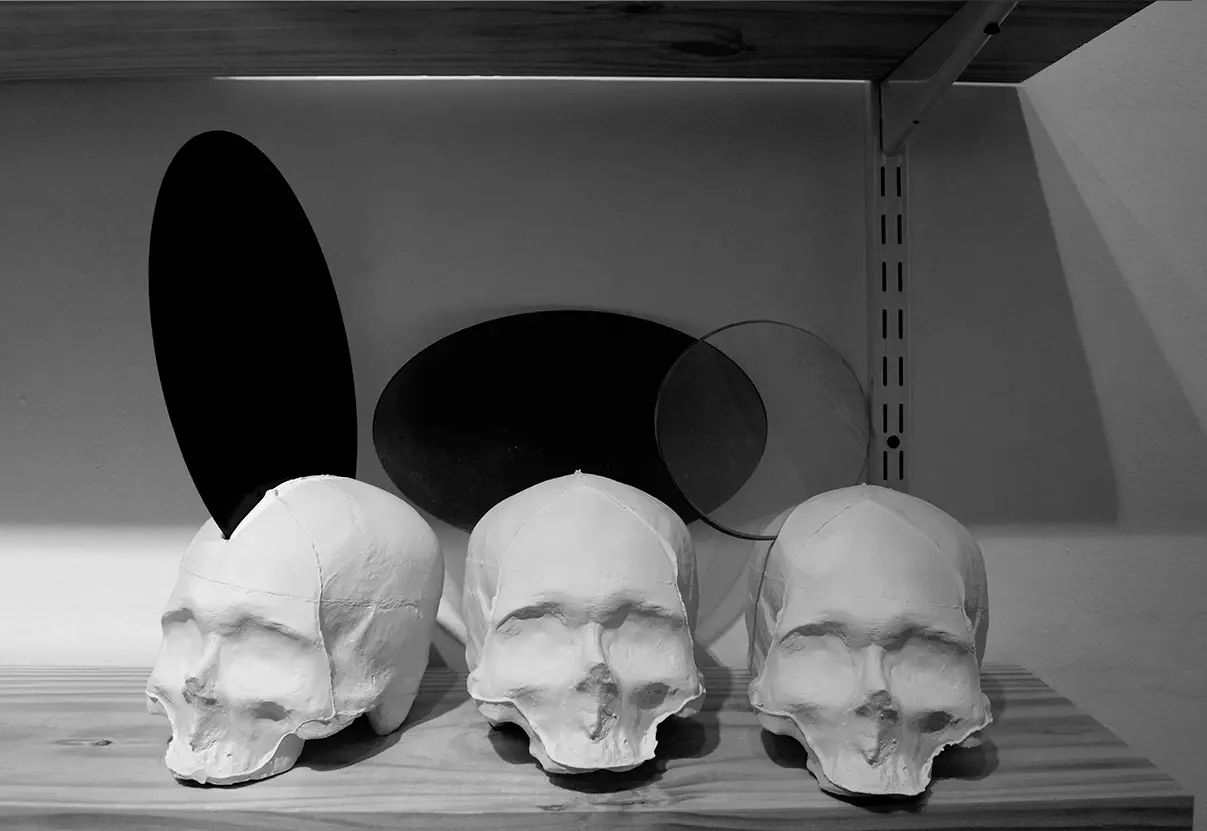
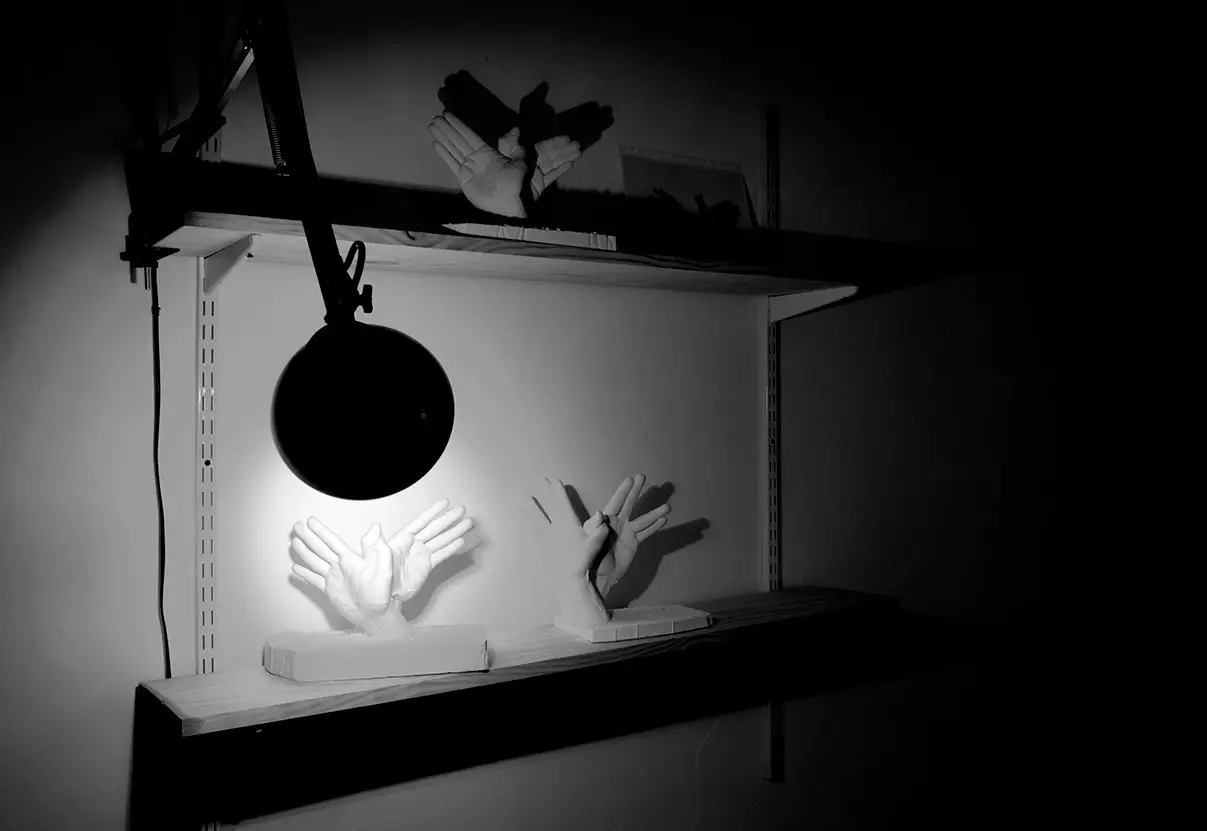
El convivir con miedo es algo que aprendemos desde el momento en que nos reconocemos como individuos;Aprendemos que su inherencia a la condición humana no desaparece y es entonces cuando aceptamos cohabitar con el, transformándolo en una construcción cultural y en un método de control social. Desconfío de las Cosas Estables reúne tres series que retratan el miedo desde distintas perspectivas que se entretejen para formar una sola estructura: La estabilidad como entidad dudosa y desconocida que genera sospecha. Patrones de conducta que acarrean consigo traumas heredados, la inagotable y desilusionante espera que a pesar del tiempo no ve el fin y la fragilidad de una fingida fortaleza excusada en el error se reúnen en un espacio para plantear una sola inquietud. ¿ Cuál es el verdadero sentido de la estabilidad cuando se desconfía de ella ?


